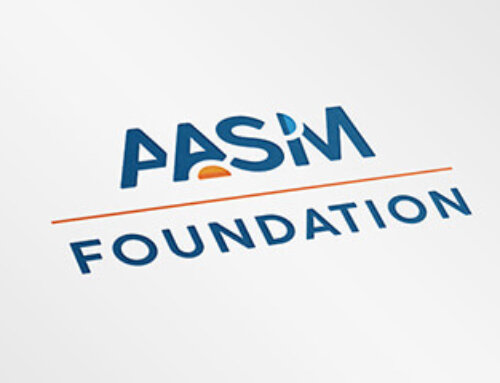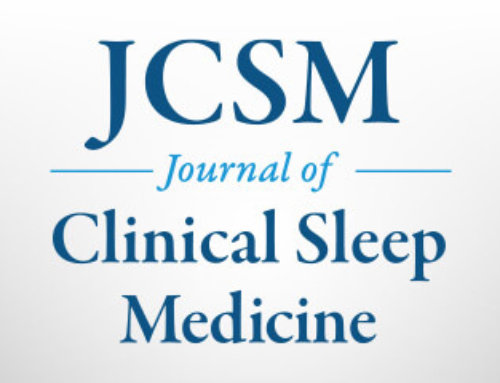CONTACT: AASM Director of Communications Kathleen McCann
708-492-0930, ext. 9316
WESTCHESTER, IL – A small percentage of nurses struggle to remain vigilant during successive 12-hour shifts, according to a research abstract that will be presented Tuesday, June 8, 2010, in San Antonio, Texas, at SLEEP 2010, the 24th annual meeting of the Associated Professional Sleep Societies LLC.
Results indicate that lapses of attention among nurses working successive 12-hour shifts ranged from zero to 48 lapses per vigilance test. Although half of nurses committed no more than one lapse, 10 percent of nurses had nine or more lapses during the testing period. Further analysis revealed that 39 percent of nurses had moderate lapses and seven percent had frequent lapses. Factors associated with lapses included sleep prior to shift, caffeine use and fatigue levels.
“There are a small percentage of nurses that appear to have impaired ability to maintain vigilance during a neurobehavioral test,” said principal investigator Jeanne Geiger-Brown, PhD, RN, associate professor at the University of Maryland School of Nursing in Baltimore, Md. “The primary role of the nurse is to maintain a vigilant presence and detect subtle changes in patients’ conditions in order to head off complications. Impaired vigilance can reduce their effectiveness.”
The study also found that the average total sleep time between 12-hours shifts was only 5.5 hours. Night-shift nurses averaged only about 5.2 hours of sleep, and the quality of their sleep was extremely fragmented.
“We were surprised at the short duration of sleep that nurses achieve between 12-hour shifts,” said Geiger-Brown. “Over 50 percent of shifts were longer than 12.5 hours, and with long commutes and family responsibilities, nurses have very little opportunity to rest between shifts.”
The study involved 80 registered nurses who were working three successive 12-hour shifts, either day or night. Lapses and median reaction times were measured with the five-minute Palm Psychomotor Vigilance Test.
The study was supported by the Centers for Disease Control and Prevention’s National Institute for Occupational Safety and Health, and the National Institutes of Health’s National Center for Research Resources.
The American Academy of Sleep Medicine reports that shift work disorder occurs when complaints of insomnia or excessive sleepiness occur in relation to work hours that are scheduled during the usual sleep period. Total sleep time is typically curtailed by one to four hours in night and early-morning shift workers, and sleep quality is perceived as unsatisfactory. Excessive sleepiness usually occurs during work shifts and often is accompanied by reduced alertness and impaired mental ability.
Geiger-Brown was the co-author of an article in the March issue of The Journal of Nursing Administration that proposed it may be time to end the practice of scheduling 12-hour nursing shifts. The authors reported that recent evidence of the safety risks involved with long work hours challenges the current scheduling paradigm.
The SLEEP 2010 abstract supplement is available for download on the website of the journal SLEEP at https://www.journalsleep.org/ViewAbstractSupplement.aspx.
A joint venture of the American Academy of Sleep Medicine and the Sleep Research Society, the annual SLEEP meeting brings together an international body of more than 5,000 leading clinicians and scientists in the fields of sleep medicine and sleep research. At SLEEP 2010 more than 1,100 research abstract presentations will showcase new findings that contribute to the understanding of sleep and the effective diagnosis and treatment of sleep disorders such as insomnia, narcolepsy and sleep apnea.
Abstract Title: Lapses of attention and reaction time in sleep-deprived nurses working successive 12-hour shifts
Abstract ID: 0295
Category: Sleep Deprivation
Presentation Date: Tuesday, June 8, 2010
Presentation Type: Poster – #95
Presentation Time: 10:15 a.m. – 12:15 p.m.
###




